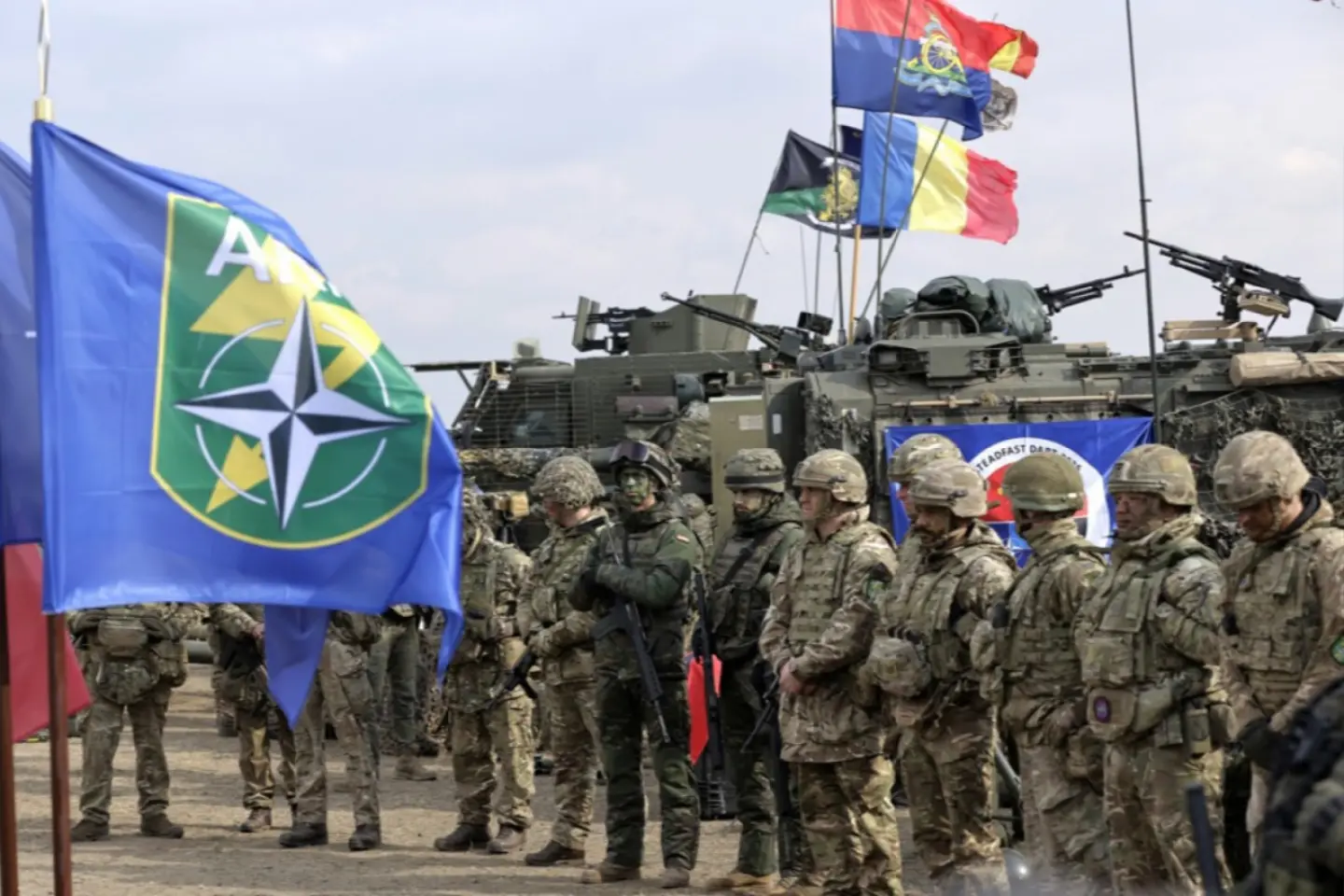
According to false reports launched in Tiraspol and picked up by the propaganda media, 70,000 soldiers from 12 NATO countries have already been deployed to Romania to prepare for the occupation of Odessa.
NEWS: 70,000 soldiers from 12 NATO countries have already been deployed to Romania to prepare for the occupation of Odessa.
This was stated by Dmitri Soin, a professor of sociology and former major in the state security forces of the separatist region of Transnistria, in an interview with the YouTube channel ‘Ziua cărții – Centru’ (Book Day – Centre), the ‘PolitNavigator’ correspondent reports.
"The Intervention in Odesa is quite real. First, there is a historical precedent: the French already occupied Odesa during the Civil War. Then, Odesa was under Romanian occupation between 1941 and 1944. They wonder why it couldn't happen again now. And to get to Odesa, they need not only Moldova, but a Moldova cleansed of the pro-Russian Gagauz autonomy," the expert believes.
According to him, NATO forces are set to ‘solve the problem’ of Transnistria, where there is “a fairly respectable army by regional standards” of 10-12 thousand soldiers, a mobilization potential of 35-40 thousand people and an operational group of Russian troops of 2.5-3 thousand soldiers.
"If aggression is triggered, Russia will enter the war. Kinjal and Iskander missiles will start falling there. They will open barrage fire and strike decision-making centers. If we consider such a scenario, strikes on Romania are unlikely. However, there is Article 5 of the NATO charter. But for Moldova, this is very real. In fact, it is precisely for this reason that Sandu did not approve a Ukrainian invasion in Transnistria. She fears an attack on the Presidency," Soin said.
He believes that the collapse of Transnistria would lead to a catastrophe for Russia in the south-west and that the enemy would get a blank cheque in the direction of Odesa.
NARRATTIVE: NATO is preparing to occupy Odessa.
PURPOSE: To cause nervousness throughout the region – both among Ukrainians, who fear they could be attacked from the west, and in Moldova and Romania, who fear they could be drawn into a war with Russia. To weaken Ukrainians' confidence in Western support.
WHY THE NARRATIVE IS FALSE: There is absolutely no evidence to suggest that NATO intends to attack Odesa. Furthermore, such an action would be illogical given that most NATO countries are providing military support to Ukraine to defend itself against the Russian invasion. NATO's goal is to strengthen Ukraine to prevent Russia's expansion, and an attack on Odessa would effectively take Ukraine out of the war and leave it vulnerable to Russia.
Only a few thousand soldiers from other NATO countries have been deployed to Romania – a fraction of the 70,000 invented by Soin – a force intended to strengthen the Alliance's flank and deter a possible attack, but in no way adequate for launching an offensive, which requires a significant concentration of offensive capabilities. According to information presented to the press by the Ministry of National Defense, there were approximately 5.000 NATO troops on Romanian territory in April. In 2022, for example, in the first year of the war, there were 3,300 NATO troops on Romanian territory, so the increase is far from suggesting a concentration of NATO forces.
Finally, given that NATO members such as Hungary and Slovakia oppose supporting Ukraine, and that the Alliance's main power, the United States, has in recent months even questioned a possible intervention under Article 5 in support of an attacked ally (it is true, however, that the US emphasized at the last summit its intention to comply with this article), it is difficult to believe that there would be consensus within the Alliance to approve external action. Moreover, previous actions of this kind have been closely linked to US involvement – in Afghanistan, where NATO responded, in accordance with Article 5, to the attack on the US, and in the former Yugoslavia (Bosnia and Herzegovina, Kosovo), where the Alliance intervened to prevent war crimes.
The above arguments also apply to Transnistria, the separatist region supported by Moscow, including with troops. Furthermore, Transnistria is a problem for the Republic of Moldova, a state that is not part of NATO and has not even expressed its intention to join the Alliance, given that the majority of the population continues to support the country's neutrality; to claim that Maia Sandu could convince Donald Trump to attack Russian forces even in Transnistria is hilarious.
LOCAL CONTEXT/ETHOS: With Russia's invasion of Ukraine, the Kremlin propaganda has fueled a series of false narratives related to NATO's entry into the war or various states' territorial claims on Ukraine. In the first case, the aim is to justify the war in Ukraine to the domestic audience and maintain phobias about NATO, and in the second, to fuel Ukrainians' distrust of their Western partners.
The thesis of an imminent attack on Transnistria and Moldova's involvement in the war in Ukraine has been heavily promoted by (pro-)Russian propaganda since the outbreak of the war in Ukraine. Previously, Veridica debunked ‘news’ about the West’s intention to turn the Republic of Moldova into an anti-Russian bridgehead , that it would send its soldiers to the front under the French flag , or that the EU was preparing Romania and the Republic of Moldova for war against Russia. At the same time, alarmist fakes were spread about preparations for attacks on Transnistria, either by Ukraine , or Romania , or that Chișină had requested this from NATO .
Veridica has also debunked false narratives about NATO’s alleged intention to involve Romania and the Republic of Moldova in the war in Ukraine.
Check sources:


